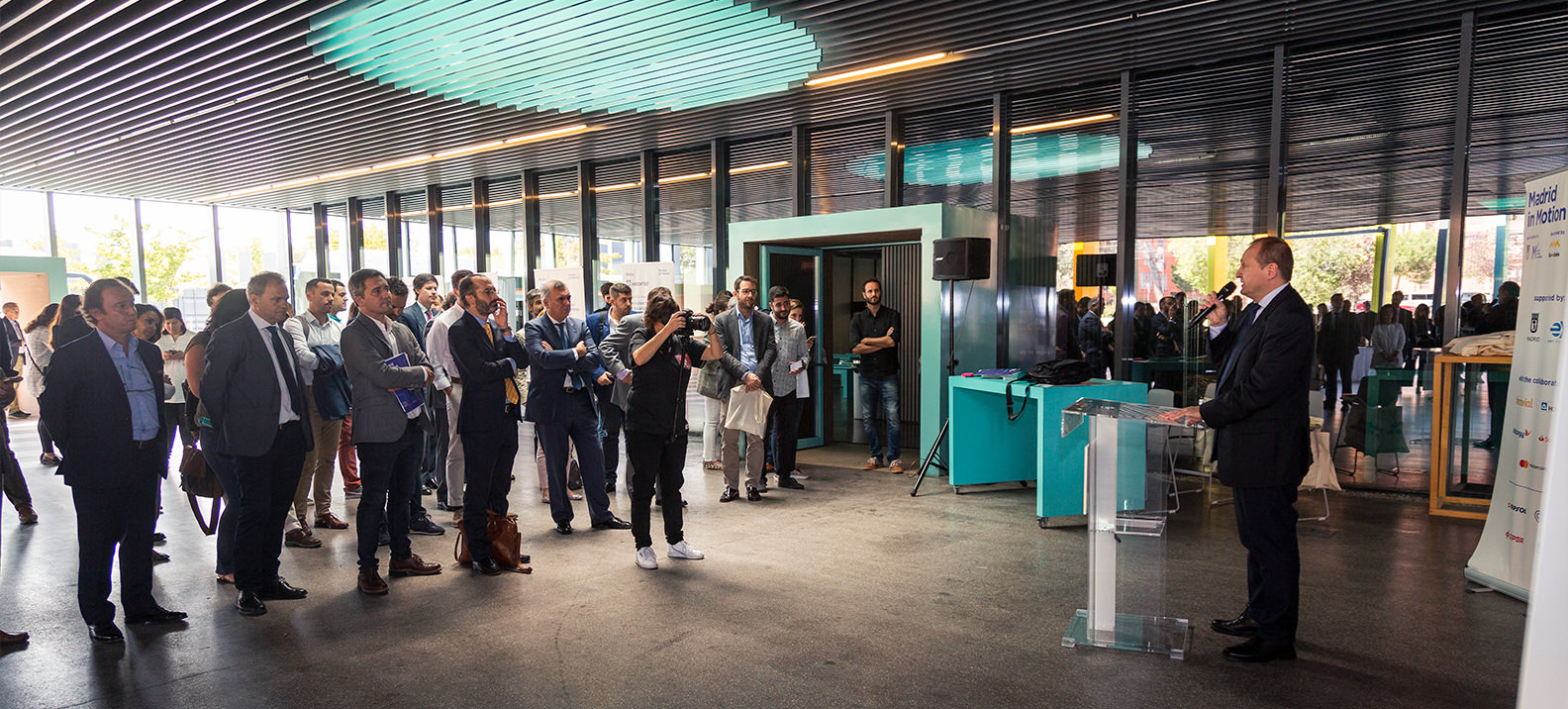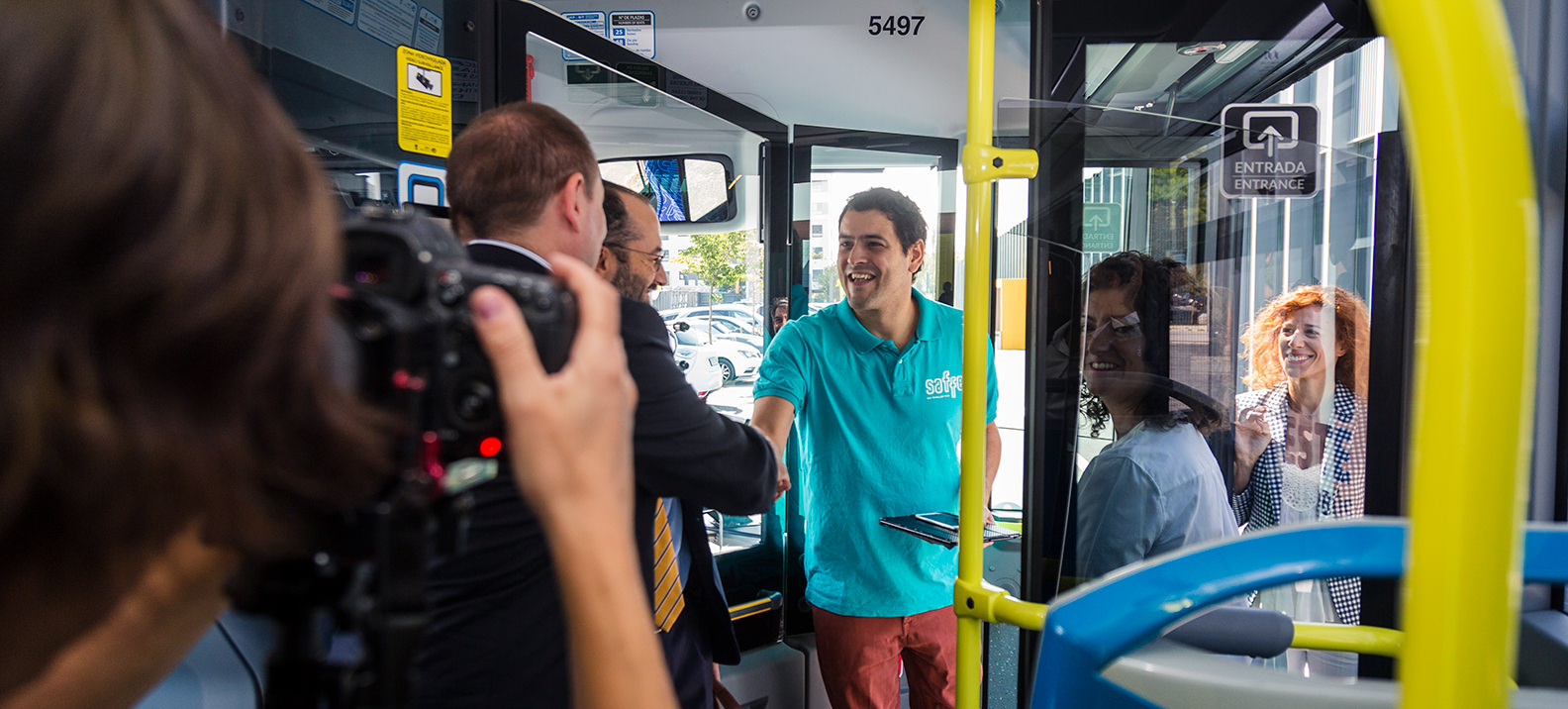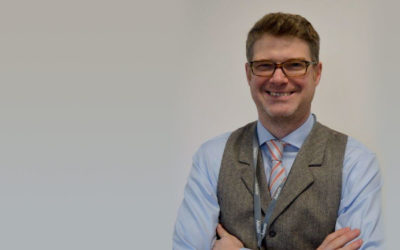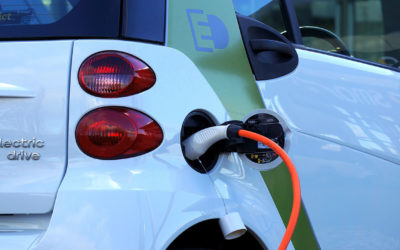“We are committed to innovation and to turning Madrid into a technological meeting point.”
The conceptual pilots of Madrid in Motion were presented on 19 September. The goal of the initiative, which started with an international open innovation call last February, is to find solutions for major urban mobility challenges.
More than 300 startups from around the world were entered in a first phase. It ended in May with Madrid in Motion choosing 6 selected startups. From that moment on, Madrid City Hall, large corporations and startups worked together on different projects to tackle several of these mobility challenges in the city of Madrid.
The results of this work were presented during the Demo Day, which put the finishing touches on this first edition in which Spanish, Israeli, Portuguese and English startups have worked with the support of the EMT and the collaboration of Ferrovial, Banco Santander, Mastercard, HOCHTIEF and Naturgy in different projects.
Major companies such as Ferrovial, HOCHTIEF, Naturgy, EMT Madrid, Mastercard, Banco Santander, Repsol, Cepsa, Cabify and Esri participated in Madrid in Motion.
Attendees at this event included the councillor of Madrid City Hall Economics, Innovation and Employment Department, Miguel Ángel Redondo; the Director for Innovation and Entrepreneurship, Fernando Herrero; and the councillor for the Innovation and Employment area, Angel Niño. Everyone was able to check out the first real tests in the demo space, such as for example facial recognition using biometrics, developed for payments on an EMT bus.
On this project, Councillor Redondo remarked: “We are committed to innovation and to turning Madrid into a technological meeting point. The project we see underway today is an example of how a large company and a startup can come together and make life easier for all the people of Madrid. This is what the Administration must focus on. Helping these projects to go ahead and prosper.”
The project we see underway today is an example of how a large company and a startup can come together and make life easier for all the people of Madrid.

The pilots presented at the Demo Day
Responding to the challenge of biometric identification for payments, Mastercard, together with the Saffe (UK) startup, presented a biometric face recognition payment solution on EMT buses. Users thus dispense with credits or cash payments and only need to show their face.
The EMT, which was looking for solutions for multiple and simultaneous electric charging centres, worked with the Spanish startup Place to Plug to connect the electric vehicle recharging points around the city with the platform created by the startup so that any incidents occurring at such points could be controlled in real time and almost instantly corrected, defining integration protocols for open data.
The collaboration between Banco Santander and the Spanish startup Vottun responded to the payment and tokenization challenge for mobility as a service. The aim of the pilot is to create an application combining onboarding and payment of all mobility applications through blockchain technology, thereby facilitating access to payment when citizens use different types of transport.
Chakratec, an Israeli startup, was chosen to work with Naturgy to increase mobility with renewable gas. In their pilot they conducted a cost analysis to see whether a 20% reduction can be achieved in the OPEX of Naturgy natural gas service stations by installing the Chakratec startup’s flywheel charging solution.

Madrid’s mobility objectives are made possible thanks to the public-private collaboration between the public administration, large companies and startups.
HOCHTIEF linked up with Iomob, a Spanish startup, and the main aim of the pilot they presented is to validate the Park & Go concept for the city of Madrid. They achieve this by combining an Iomob Mobility as a Service platform and EMT-controlled park-and-ride and rotary car parks. This will provide first-hand information on market demands, the app’s usability and the desired functionalities as well as observation of mobility patterns and other relevant data.
Finally, Ferrovial presented its pilot, in which it worked through Cintra with the Portuguese startup Heptasense. The initial challenge was the optimization of dynamic and connected infrastructure in dynamic detection of roadway events under outdoor (urban and non-urban) conditions.
The closure of Demo Day attracted a great deal of media attention, both regionally and nationally and in the general press as well as garnering headlines in sectors such as innovation, mobility, entrepreneurship and technology.


